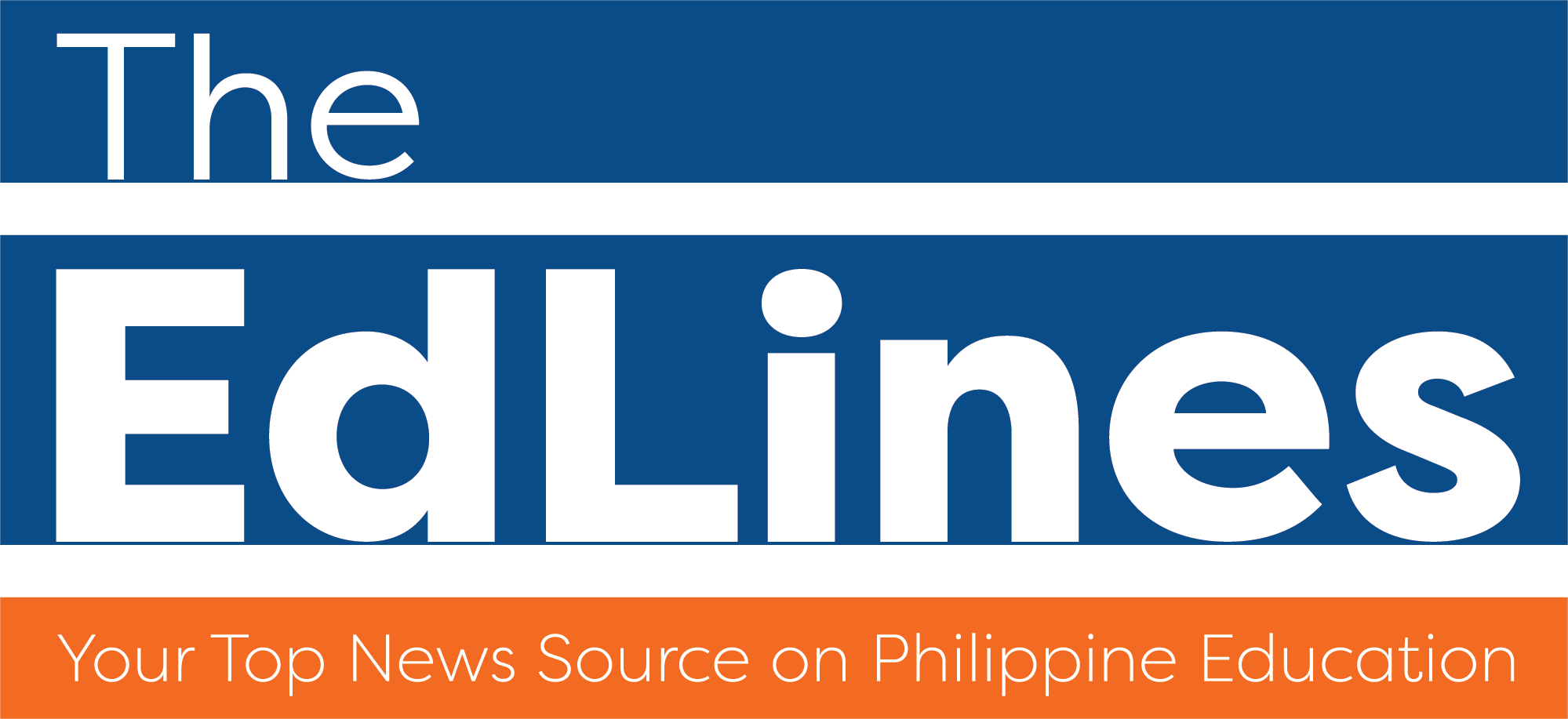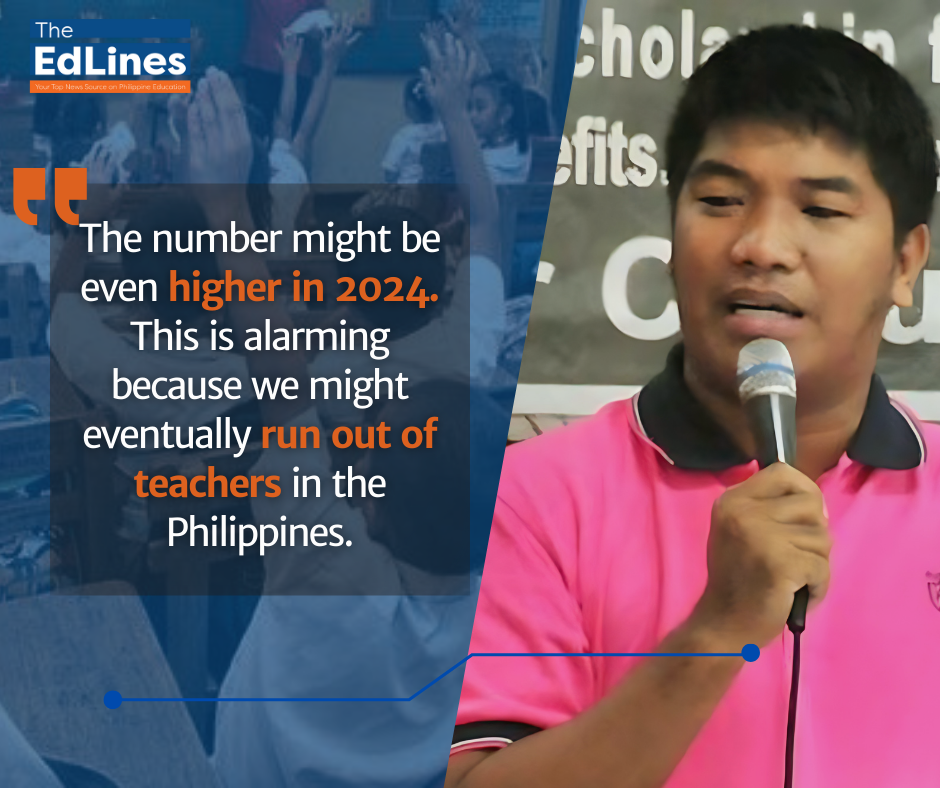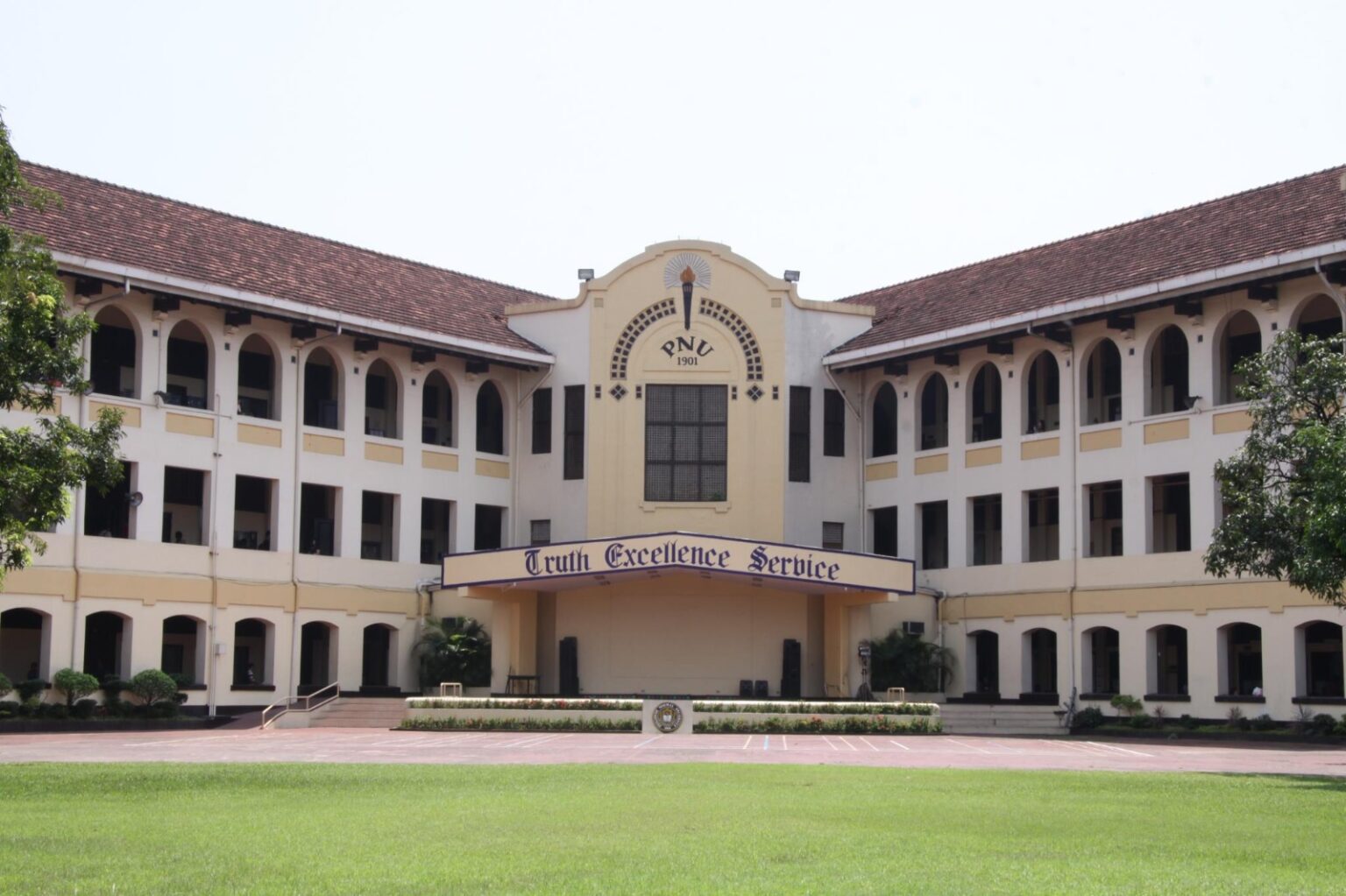MMSU introduces Korean language program to boost employability of students, faculty

The Mariano Marcos State University (MMSU) has introduced a beginner Korean language course, aiming to enhance the global competitiveness of its faculty and students.
The course, which began on August 24, is conducted via Zoom and is scheduled to run until November.
It will comprise 30 learning hours through a hybrid mode under the university’s learning management system.
A total of nine faculty members from the College of Arts and Sciences and 16 students taking up English Language, Communication, Business Administration-Human Resource Management, and Information Technology courses are attending the classes every Saturday, from 9 a.m. to 12:30 p.m.
“Learning a foreign language [such as Korean] is an added advantage for our graduates to make them more globally competitive and to boost their employment opportunities,” MMSU Language Center Chief Ryan Roi Domingo told the Philippine News Agency.
The classes are held at the ‘iHub’, a state-of-the-art virtual learning facility at the university equipped with fast-speed internet connectivity and learning facilities convenient for discussion spaces, and cubicles for individual work.
With a participation fee of P2,000 to cover laboratory expenses, the short-term course is just the first level of the Korean language program at MMSU. Students can advance to higher levels after the pilot program.
The curriculum was designed to cover essential aspects of the Korean language, including phonology, vocabulary, grammar, and dialogues.
The latest short-term course offering of the center was formalized through a memorandum of understanding (MoU) signed by MMSU President Shirley Agrupis, the Korean Chamber of Commerce Philippines, Inc. (KCCP), Samdo e-Learning Corporation, and Hancom Academy last May.
Aside from Korean and Mandarin languages, MMSU is also offering an English language course to its foreign students mostly composed of Taiwanese, Chinese, Japanese, and Indonesian students through innovations and international partnership programs for human capital improvement towards education for sustainable development.


